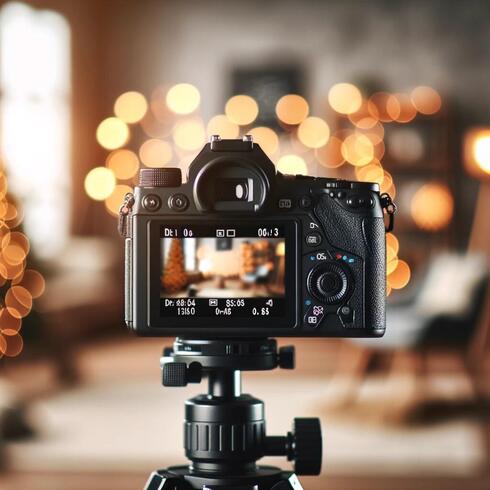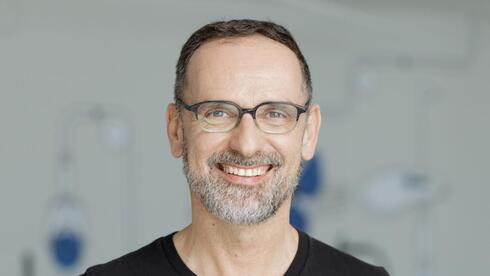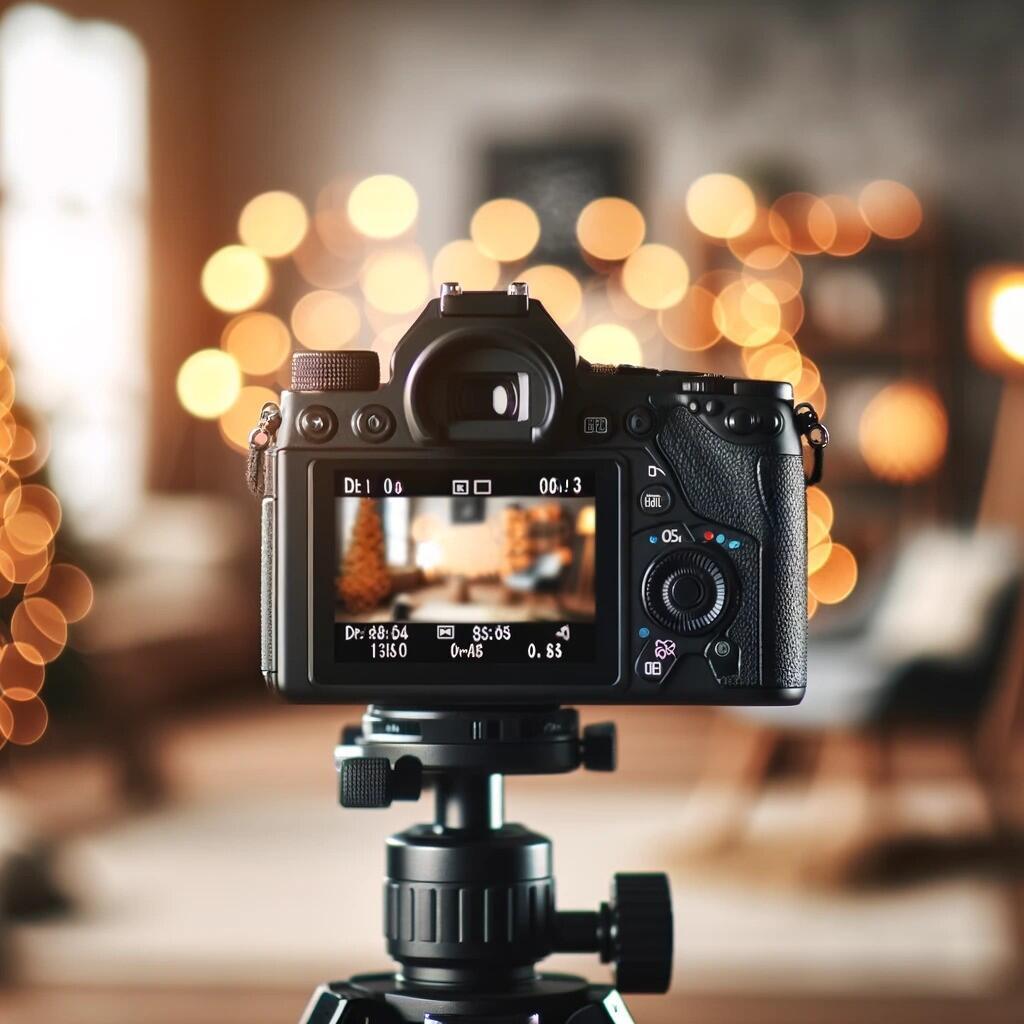
Mastering the Light: A Guide to Camera Aperture for Digital Photography
Mastering the Light: A Guide to Camera Aperture for Digital Photography
Learn how aperture impacts photos & experiment with depth of field.
Have you ever wondered why some photos have a beautiful blurry background while others capture everything in sharp focus? The answer lies in a crucial element of photography: aperture. This guide will unlock the power of aperture for your digital camera, allowing you to take control of depth of field and create stunning images.
Understanding Aperture:
Imagine the aperture as the pupil of your digital camera's eye. It's a diaphragm within the lens that opens and closes, controlling the amount of light that enters the camera sensor. Aperture is measured in f-stops, represented by a number followed by an "f" (e.g., f/2.8, f/8, f/16). The lower the f-stop number, the wider the aperture opens, allowing more light to enter the sensor. Conversely, higher f-stop numbers correspond to a narrower aperture, letting in less light.
Aperture and Light:
Here's how aperture directly impacts your photographs:
- Low light situations: For poorly lit environments, a wider aperture (lower f-stop) is essential. This allows more light to reach the sensor, resulting in brighter photos. However, it may introduce camera shake if you're not using a tripod.
- Sharpness and Depth of Field: Aperture plays a significant role in depth of field, the area in focus within your image. A wide aperture (low f-stop) creates a shallow depth of field. This means your subject will be sharp and in focus, while the background becomes beautifully blurred. This effect is ideal for isolating your subject and creating a sense of depth in your photos. Conversely, a narrow aperture (high f-stop) creates a deep depth of field, where both your subject and the background are in sharp focus. This is great for landscape photography or capturing scenes where everything needs to be clear.
Choosing the Right Aperture:
The ideal aperture for your shot depends on your creative vision and the scene you're capturing. Here are some general guidelines:
- Portraits: For portraits where you want to isolate your subject and create a soft background, use a wide aperture (f/1.8 - f/4).
- Landscape photos: To capture a vast landscape with everything in focus, use a narrow aperture (f/8 - f/16).
- Street photography: For capturing candid moments and keeping most of the scene in focus, choose an aperture in the middle range (f/5.6 - f/8).
Experimentation is Key:
The best way to master aperture is by experimenting! Take photos at different f-stops to see how the depth of field changes. Don't be afraid to push boundaries and try unconventional approaches. With practice, you'll develop an intuitive understanding of how aperture works and how to utilize it to create stunning and impactful images with your digital camera.
Additional Tips:
- Aperture Priority Mode: Many digital cameras offer an Aperture Priority mode (often denoted by "A" or "Av"). This allows you to set the aperture, and the camera automatically adjusts the shutter speed to ensure a proper exposure.
- Learn Aperture in Combination with Shutter Speed: Aperture works hand-in-hand with shutter speed to control the exposure of your photograph. Understanding both factors allows you to achieve the desired brightness and creative effects.
Embrace the Power of Aperture:
By understanding and applying aperture with confidence, you'll unlock a whole new dimension of creativity in your digital photography. From capturing captivating portraits with dreamy backgrounds to showcasing breathtaking landscapes in sharp detail, aperture empowers you to take control of your images and tell your story through light. So, grab your camera, experiment with different apertures, and watch your photographic skills soar!















